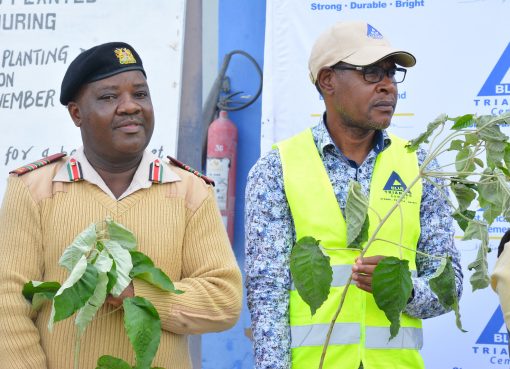The Ministry of Health is set to carry out mass drug administration for Bilharzia in Kisumu County following a surge in the number of cases in the area.
Head Division of Vector Borne and Neglected Tropical Diseases at the ministry Dr. Wycliffe Omondi said the exercise was awaiting results of granular mapping of the disease which was conducted in November last year.
“We scaled up granular mapping for bilharzia and intestinal worms to establish which areas need treatment,” he said.
Dr Omondi said the mapping covered five schools in every ward in Kisumu County where at least 50 pupils per school were examined.
The survey, he said, will inform the ministry’s approach to deal with the bilharzia menace in the area which saw over 20 people put on treatment in December.
Besides the mass administration of drugs, Dr. Omondi said the ministry was issuing drugs to school going children aged 5 and above in the area as a key intervention.
According to the World Health Organization (WHO), in the event the testing results show more than 10 per cent of the population have the disease, then everyone in the area must be given drugs, but if it is less than 10 per cent, then the drugs will be administered only to those with symptoms.
Bilharzia is one of the neglected tropical diseases found in Western Kenya. The major source of infection is Lake Victoria, but there is evidence of inland transmission especially in the informal settlements and flood prone areas.
The worms causing the disease are ingested when people consume infected water and food, inappropriate hygiene, eating undercooked meat and getting into contact with germ infected surfaces.
Dr. Omondi called for enhanced access to clean water and proper hygiene to keep the disease at bay.
Kisumu County Executive Committee Member (CECM) in charge of Medical Services and Sanitation Dr. Gregory Ganda said most of those affected were in flood prone areas of Nyando.
He said due to perennial floods, maintaining proper hygiene in the area remained a big challenge, dealing a blow to the fight against bilharzia and other water borne diseases.
Even though 80 per cent of area residents have latrines, they collapse and are washed away by floods when it rains.
“When it floods, latrines are washed away and constructing a new latrine every year is very costly for an average family,” he said.
Dr Ganda said treatment and management of bilharzias was a costly venture since the county government does not have enough resources to manage the disease on its own.
The department of health, he said, handles an average of 1, 200 bilharzia cases in the area annually.
“It is therefore very clear that we cannot handle this on our own. That is why the ministry which has resources for neglected tropical diseases must come in strongly and help us to eliminate this disease,” he noted.
The county government, he added, has developed a robust programme to address sanitation concerns in the area.
He said the five year programme to cost the taxpayer Sh2 billion would offer a lasting solution to bilharzia, intestinal worms and water borne diseases in the area.
By Chris Mahandara





